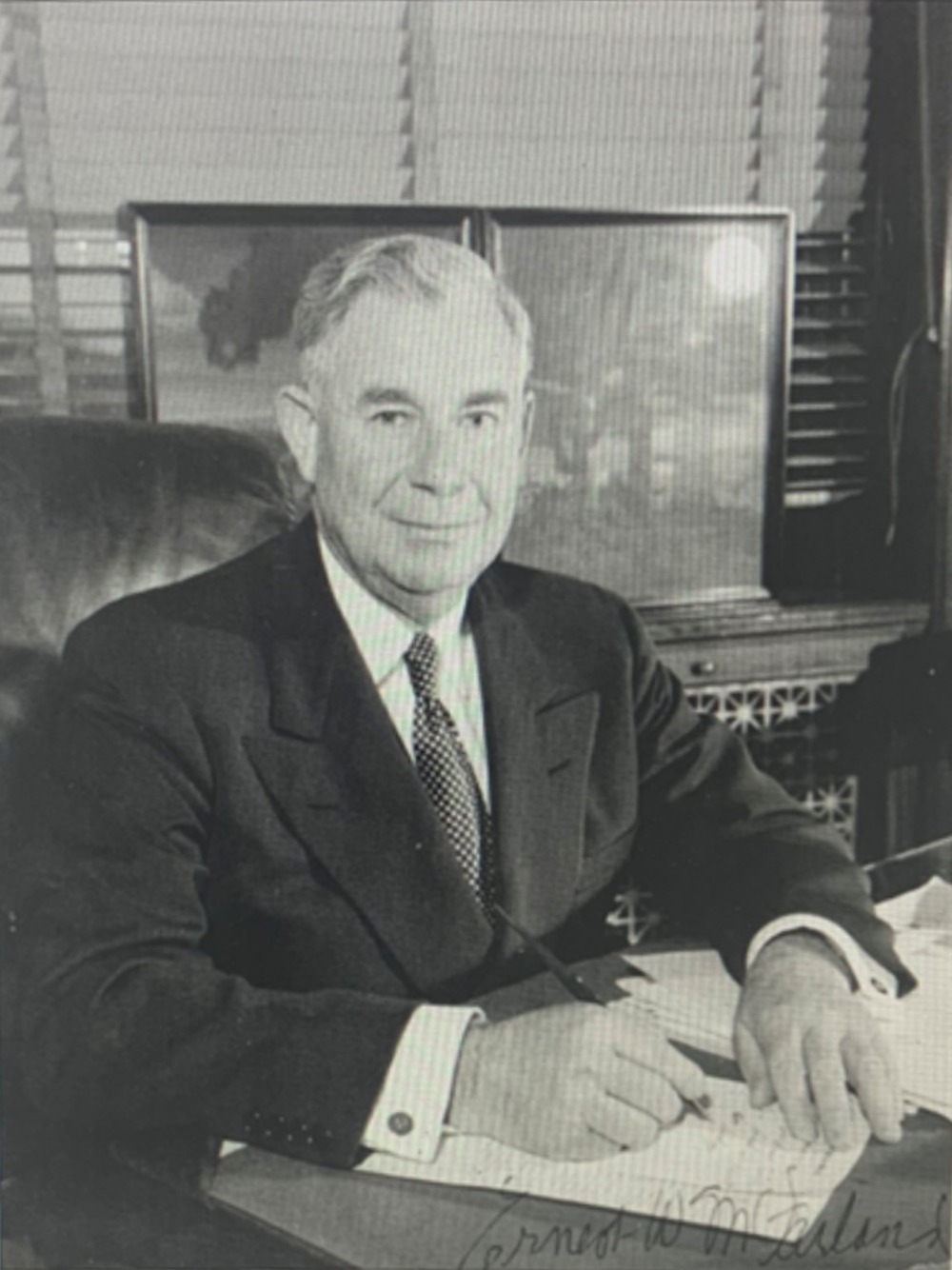United States Senate elections, 1950
|
|
||||||||||||||||||||||||||||||||||||||||||||
|
||||||||||||||||||||||||||||||||||||||||||||
|
||||||||||||||||||||||||||||||||||||||||||||
|
|
||||||||||||||||||||||||||||||||||||||||||||
|
Republican holds
Republican gains
Democratic holds
Democratic gains
|
||||||||||||||||||||||||||||||||||||||||||||
|
||||||||||||||||||||||||||||||||||||||||||||
The United States Senate elections of 1950 occurred in the middle of Harry S. Truman's second term as President. As with most 20th-century second-term mid-terms, the party out of the Presidency made significant gains. The Republican opposition made a net gain of five seats, taking advantage of the Democratic administration's declining popularity during the Cold War and the aftermath of the Recession of 1949. The Democrats held a narrow 49 to 47 seat majority after the election. This became the first time since 1932 that the Senate Majority Leader lost his seat.
The Republicans defeated four incumbent Democrats:
Republicans also won two open seats:
Democrats defeated one incumbent Republican:
During the next Congress, three states would have party changes to deaths and appointments.
In these special elections, the winners were seated during 1950 or before January 3, 1951; ordered by election date.
In these general elections, the winner was seated on January 3, 1951; ordered by state.
All of the elections involved the Class 3 seats.
There were no elections in 1951 to the 82nd Congress.
Democratic incumbent Senator Claude Pepper lost renomination May 2, 1950 to George A. Smathers, who easily won the general election.
...
Wikipedia



